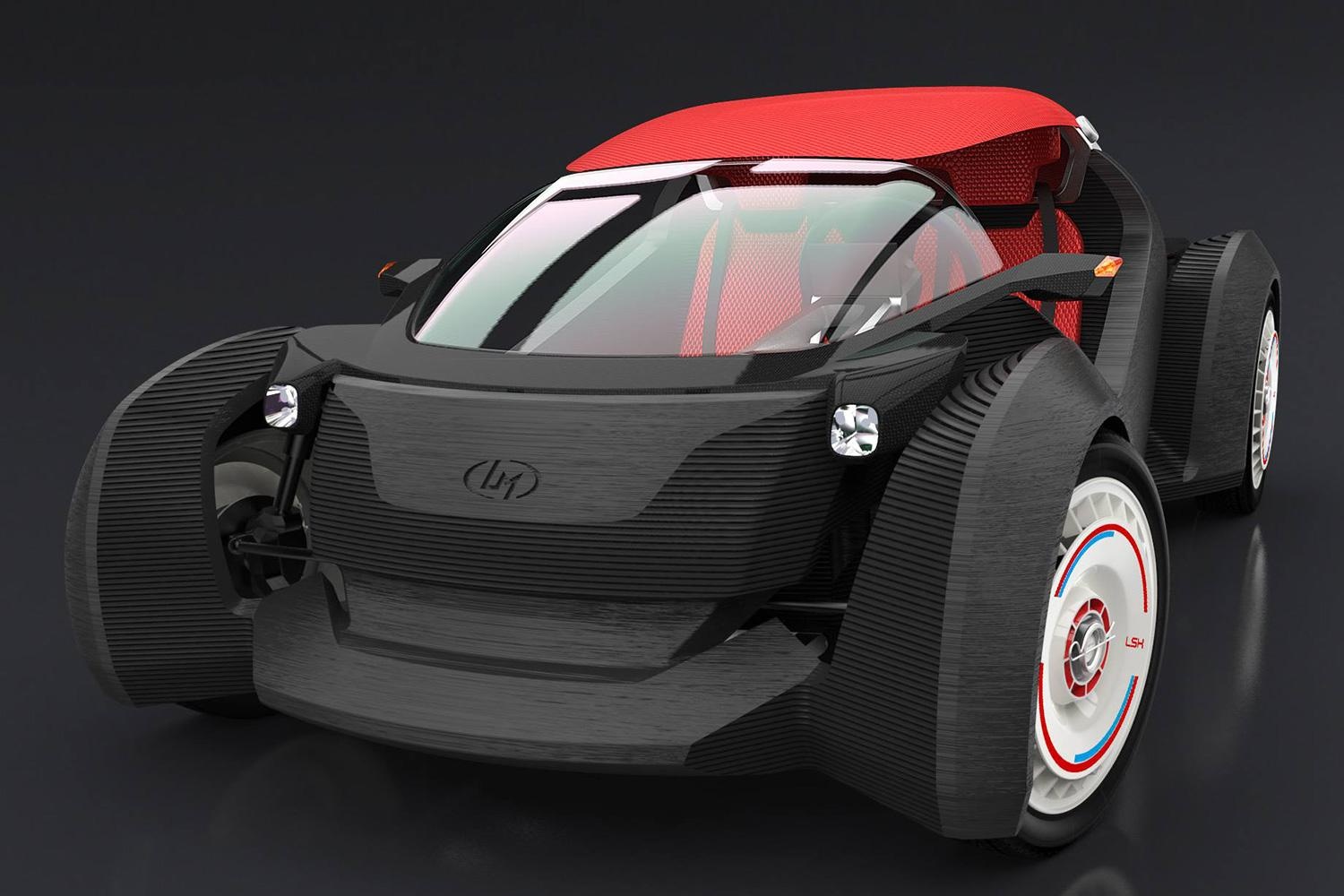3D printers have quickly evolved from an oddity that was often priced well out of the budget of the casual consumer, to a must-have item that you can pick up for a couple hundred bucks, so long as you have a computer to run the software.
Now, these nifty little printers are making appearances in nearly every industry in the world, from medical supply to manufacturing and everything in between. For the first time, though, 3D printing has left its mark on the automotive industry, with the introduction of the first 3D-printed car.
3D Printing for Cars
3D-printed cars are a new foray for the automotive industry, but they’re not totally unheard of. September, 2011 saw the introduction of the Urbee, a fully 3D-printed car that, at its inception, took around 2,500 hours to print and assemble.
Manufacturer Kor Ecologic is now working on the Urbee 2 and, once it’s finished, they’re planning on driving it across the country to demonstrate what a 3D-printed car can actually do. While it’s a great start, taking 2,500 hours to assemble a car isn’t exactly going to get your wheels turning — not when a car manufactured by traditional means can be put together from start to finish in about 18 hours.
Thankfully, newer 3D printing techniques have shortened the printing and assembly time considerably.
Introducing the Strati
The Strati, created by Local Motors, is the world’s first fully functional 3D-printed car capable of autonomous driving. Made of a blend of 80% ABS plastic and 20% carbon fiber, this fantastic feat of engineering could turn the automotive world on its ear with manufacturing facilities that take up only a fraction of the square footage required for traditional automotive manufacturing.
From start to finish, the Strati can be assembled in about six days, or 144 hours. While not as fast as traditional manufacturing, it’s quite a bit faster than the Urbee’s exhaustingly slow assembly times.
The car itself seats two, looks a little like a low-slung roadster, and is packed with autonomous steering software and technology based on the IoT (Internet of Things).
For those that aren’t familiar, IoT is a movement to create new items that have network connectivity. The goal is to create a new generation of smart devices so that even the most mundane items, like refrigerators and cars, are connected. Of course, with new technology comes new problems, such as hacking protection and safety issues that are constantly being worked on.
Moving Forward
If you’re interested in owning one of these 3D-printed masterpieces, Local Motors is actually planning a crowdfunding campaign, allowing potential buyers to place a deposit on a new Strati sometime in the second half of 2016. The actual cars probably won’t be available until much later in the year.
Right now, the big brains at LM are working on creating a fully functional, 3D-printed car that is available to the public and exceeds all FMVSS (Federal Motor Vehicle Safety Standards) as soon as next 2017.
If Local Motors can turn 3D-printed cars into a commodity, they will have all the tools that they need to turn the entire automotive industry on its head. While traditional manufacturing techniques probably won’t die out entirely, the eco-minded consumer is always on the lookout for new sustainable manufacturing techniques. This may be exactly what they’ve been waiting for.
Scott Huntington writes for Forbes, Business Insider, Tech Cocktail, and more. Check out his site, Off The Throttle and follow him on Twitter @SMHuntington.
Subscribe to our Newsletter
3DPResso is a weekly newsletter that links to the most exciting global stories from the 3D printing and additive manufacturing industry.























